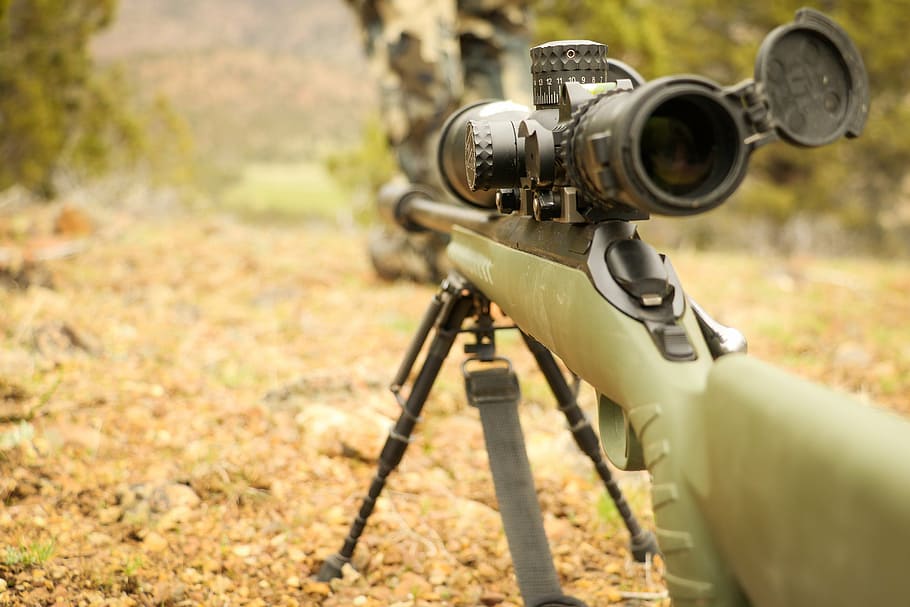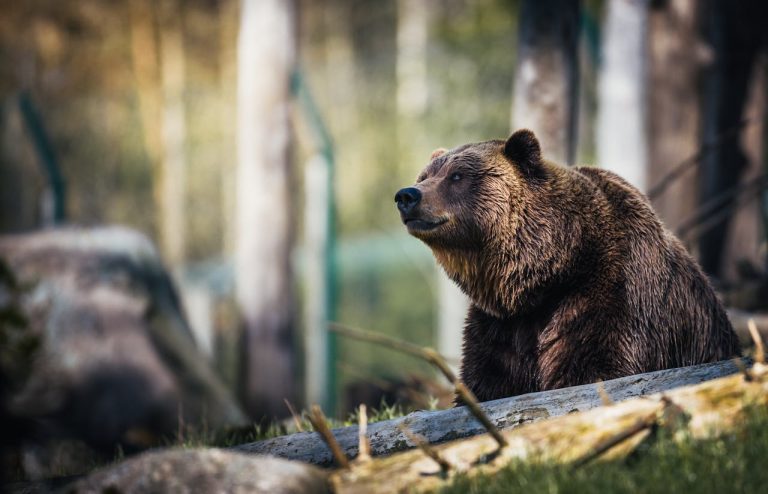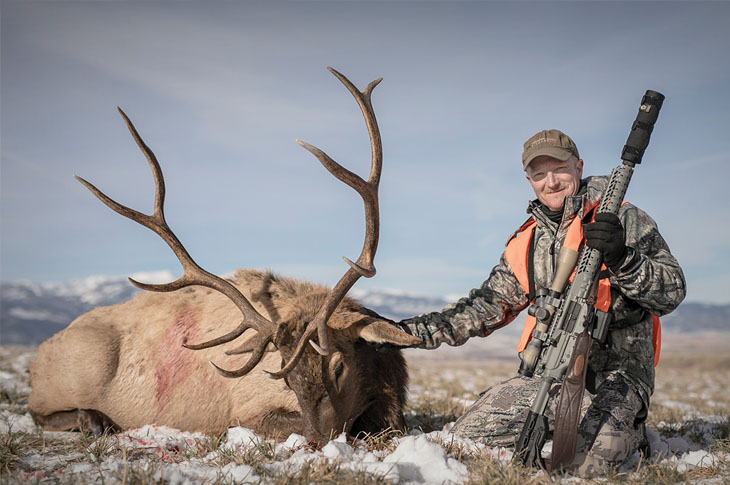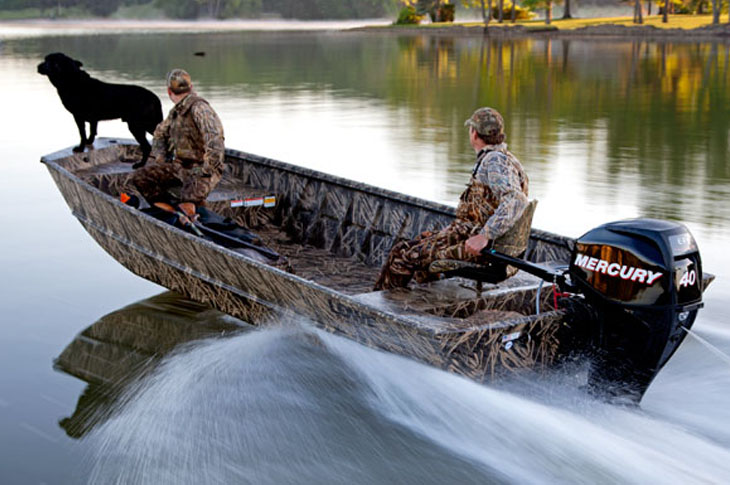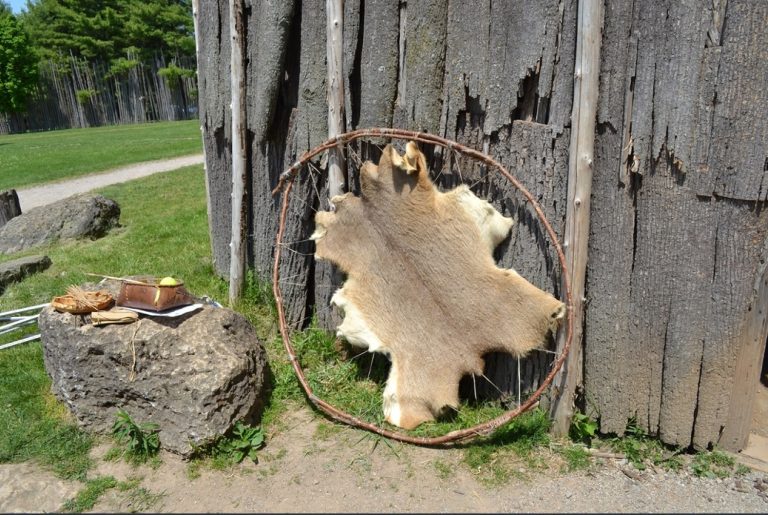Have you ever heard about skeet shooting and then confused it with trap shooting? Absolutely yes, because they are 2 subcategories of clay shooting. Each type has its main disciplines, and this article will help you to highlight the difference between skeet and trap shooting. If you are a shooting enthusiast, this will be an excellent source of information to pick the right ones depending on your preference and skill level.
What is clay shooting?
Clay shooting, also known as Inanimate Bird Shooting, is a competition requiring the shooting of short guns at special flying targets.
History of clay shooting
This sport has been around for hundreds of years and continuously developed, mostly in the USA, New Zealand, Australia, and England. Truth be told, this sport is a method for hunters to keep active off-season, but gradually become a popular competitive sport.
In the earlier time, the living bird released from boxes or hats was the target and it was an illegal activity around the 1920s. Therefore, a clay object called a clay pigeon is the replacement. After that, both skeet and trap shooting have been added to Summer Olympics Games since 1886.
Target of clay shooting
As mentioned earlier, the original target of clay shooting was live pigeons, and then eventually supplemented by glass balls. Because of the difficulty of providing enough live pigeons, George Ligowsk invented the clay pigeon in 1880. A clay pigeon is made from a mixture of pitch and chalk which can make the target strong enough to be launched from a station but also be broken when shooting.
About color, most of clay targets come with fluorescent orange, red or black to easily recognize.
Because this is based on shooting of live pigeons, clay targets are designed with suitable pattern and speed to be same as released birds.
Before getting into the difference between skeet and trap shooting, let’s first explain what each offers.
Understanding trap shooting
This is the oldest practiced shotgun sport in the USA. As its name, this game refers to the activity of shooting traps which are clay objects resembling pigeons in the sky. The shooter has to hit as many of these traps as possible.
The shooter will stand in a line and aim at the traps which are launched at different angles from different stations or machines placed partially underground. The target is released at a speed of approximately 65 km/h.
In addition, each participant is required to fire from 5 different positions to reach 25 targets. They will shoot in turns at each position. Once 25 traps are hit or missed, then the game of trap finishes. There are three different events in trap shooting, including singles, doubles and handicap. For singles, there is one clay bird released from the station, 2 clay birds simultaneously released for doubles, and one bird from various distances for handicap.
But overall, the shooter who hits the most traps wins.
How about skeet shooting?
Compared to trap shooting, skeet shooting is newer but it still has been around 100 years since its first introduction. The most outstanding feature of this sport is that skeet shooting is based on 8 different positions or stations. The set-up is typically in a field. The shooters are required to hit all targets at approximately 72 km/h and at a variety of angles.
Skeet shooting offers two or more trap machines which are called “high houses” or “low houses”, depending on their location. Low houses and high houses are located at 3 feet and up to 10 feet off the ground accordingly.
This game allows 5 participants to play at the same time. Each shooter first completes a target originating from the low house, then moves on to the high house. A round of skeet will have 25 targets. However, the common practice in skeet shooting is double skeet, which means two clays will be gone out of the trap machines at the same time. And the shooter has to take 2 shots. The double skeet is usually only done at four out of the five stations.
Once again, the winner is who hits the highest number of traps, up to 200 targets per game.
Difference between skeet and trap shooting
Wish you have a general idea about skeet and trap shooting. Now let’s walk through the how they differ in specific criteria.
Olympic Shooting
Both games are part of the Olympic Games; introduced several decades ago. In which, trap shooting came in the early 1900s while skeet was introduced in 1968.
About the rules, they have some outstanding differences; for example, skeet in Olympic Games requires the competitor to shoot only at 3 seconds after calling the target. Besides, the shooter has to hold the gun at the mid-torso position to avoid elimination or points reduction, while the shooter in trap shooting can place their guns at high-torso level.
On top of that, skeet is typically played only in doubles, but trap shooting can be either singles or doubles, based on participant’s level of experience.
Finally, both sports have female and male divisions. But skeet is an all-inclusive game in which women and men can play with each other.
Targets
The main difference of targets in skeet and trap is the diameter and design. For skeet shooting, the clay is 4-5/16-inches of diameter, but only 4-inches or less in diameter in trap shooting. About the design, the clay in the trap looks like an inverted saucer. In contrast, Skeet clays are often flattered to fly away at quicker speeds and for greater distances.
Another factor that depending on the game is the speed of targets. Of course, the speed may vary depending on wind, weather, and other factors. In general, for trap shooting, it reaches 65 km/h, but in skeet, the clay is faster at 72 km/h to make it harder for the shooter to hit accurately.
Due to the different shapes and sizes of clay, the distance of targets also differs in skeet and trap. Trapshooting does not require the target to fly too much, always in the opposite direction of the shooter, just up to 50 yards or a little more. Meanwhile, because of different angles in skeet, it needs more travel distances, an increase of about 10 yards, making the game slightly more complicated.
Guns
The type of gun used in each game also differs. Single-barrel and adjustable-stock shotgun are common in trapshooting, usually 12-gauge caliber. However, in skeet, the shooter commonly chooses double-barrel shotguns with calibers going from 12 up to 28 gauges and some additional accessories such as shell catchers, cylinder chokes, and so on.
Apart from that, you can find the ammo of the two games also differs. The 12-gauge shell with No. 7-1/2 pellets and No. 8 pellets is ideal for trap shooting, each shell can include up to 550 pellets without problems. In skeet shooting, the shooter tends to pick 20-gauge shells containing up to 600 pellets of No.9 to have more chances of hitting with double-barrel shotguns.
Rules
As we explained before, the clay will be released from stations. So, each type of shooting has its own kind of station. In trapshooting, there are 5 stations located inline which allows shooters to move from spot to spot in order. But skeet requires 8 stations in total in a semi-circle shape. Skeet also offers the different heights of stations (low-house and high-house), while the height in trap rarely changes.
The shooting turns in each sport is also different. Trap game includes 5 shots per station, and each target flies away from same position, at same speed and angle. There are 25 shots for each session. While skeet is totally different with 2 shots at each station. The station also changes the height and angle of the target, and there are 16 shots in total for each participant.
Conclusion
Let’s summary the differences between skeet and trap shooting.
| Skeet shooting | Trap shooting | |
| Stations | 8 | 5 |
| Shots | two shots from all the stations, and three from four out of the five | 5 shots from each station |
| Machines | 2 machines releasing targets from different heights | 1 machine releasing targets, situated very closed to the ground |
| Speed | ~72 km/hour | ~65 km/ hour |
Is it enough information for you to distinguish the difference between skeet and trap shooting? You may find that trapshooting may be more popular with the largest sport-shooting organization in the US and suitable for beginners, or skeet shooting is more difficult with higher speeds, different distances, heights, and even angles. But both of them are utterly fun, based on your favorite. If you have any exciting things about skeet and trap shooting, let us know in the comment below. Thank you for reading!

